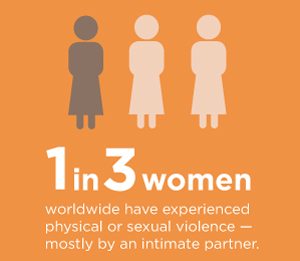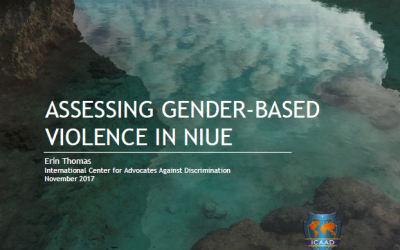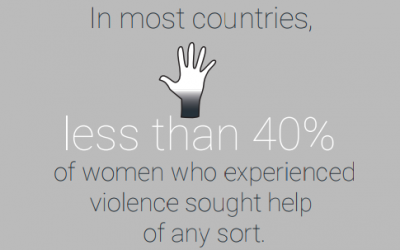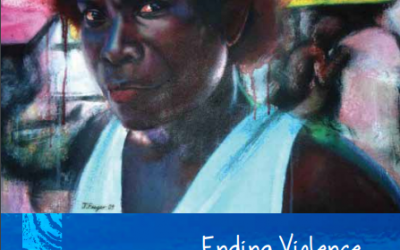About Gender-Based Violence
The United Nations defines gender-based violence as any act that “results in, or is likely to result in, physical, sexual or psychological harm or suffering to women, including threats of such acts, coercion or arbitrary deprivations of liberty, whether occurring in public or in private life.” Gender-based violence is largely male-patterned violence and can include the victimization of women, girls, men, boys, adolescents, and lesbian, gay, transgender, and gender non-conforming people.
The Asian Pacific Institute on Gender-Based Violence analyzes the types and dynamics of gender violence in Asian and Pacific Islander communities including domestic violence, sexual violence, domestic violence related homicide, abusive international marriages, elder abuse, HIV & IPV, forced marriage, and trafficking. We also analyze the cultural contexts, barriers and issues API survivors from immigrant, refugee, LGBTQ, Muslim, and ethnic-specific groups face.
Gender-Based Violence Worldwide & In Asia
Assessing Gender-based Violence in Niue, 2017
Erin Thomas, International Center for Advocates Against Discrimination (ICCAD)
A community-needs assessment on gender-based violence in Niue based on a literature review and key interviews of Niueans.
The State of Conflict and Violence in Asia, 2017
The Asia Foundation presents a concise evidence-based overview of violence in 14 Asian countries, pointing to five emerging patterns, including how widespread gender-based violence is and the how significant its impacts.
Why do Some Men Use Violence Against Women and How Can We Prevent It? Quantitative Findings from the United Nations Multi-Country Study on Men and Violence in Asia and the Pacific, 2013
Findings from studies in Bangladesh, Cambodia, China, Indonesia, Sri Lanka and Papua New Guinea provide data on men’s use of sexual and physical violence against intimates and non-intimates, identify men’s risk factors for perpetration and offer prevention strategies. By Partners For Prevention
Violence Against Women: The World’s Women, 2015
This study curates worldwide data on lifetime and 12-month prevalence rates of violence against women. By UN Statistics Division. Chapter 6: Violence against women
Global and Regional Estimates of Violence Against Women: Prevalence and Health Effects of Intimate Partner Violence and Non-Partner Sexual Violence, 2013
The World Health Organization presents the first global systematic review of scientific data on the prevalence of intimate partner violence and non-partner sexual violence – followed by their impact on women’s health and guidelines for responses from the health sector.
Ending Violence Against Women and Girls – Evidence, Data and Knowledge in Pacific Island Countries, 2011
By U.N. Women
This literature review synthesizes material from the reports on violence against women in Pacific Island Countries and presents analysis of social contexts, challenges in addressing violence against women, the nature and extent of violence against women, accessing support services, access to justice for women and girls, and preventing violence against women.
WHO Multi-Country Study on Women’s Health and Domestic Violence Against Women, 2005
This WHO study presents results based on evidence collected from over 24,000 women in 10 countries, culminating in 15 recommendations to strengthen national commitment and action on violence against women.






